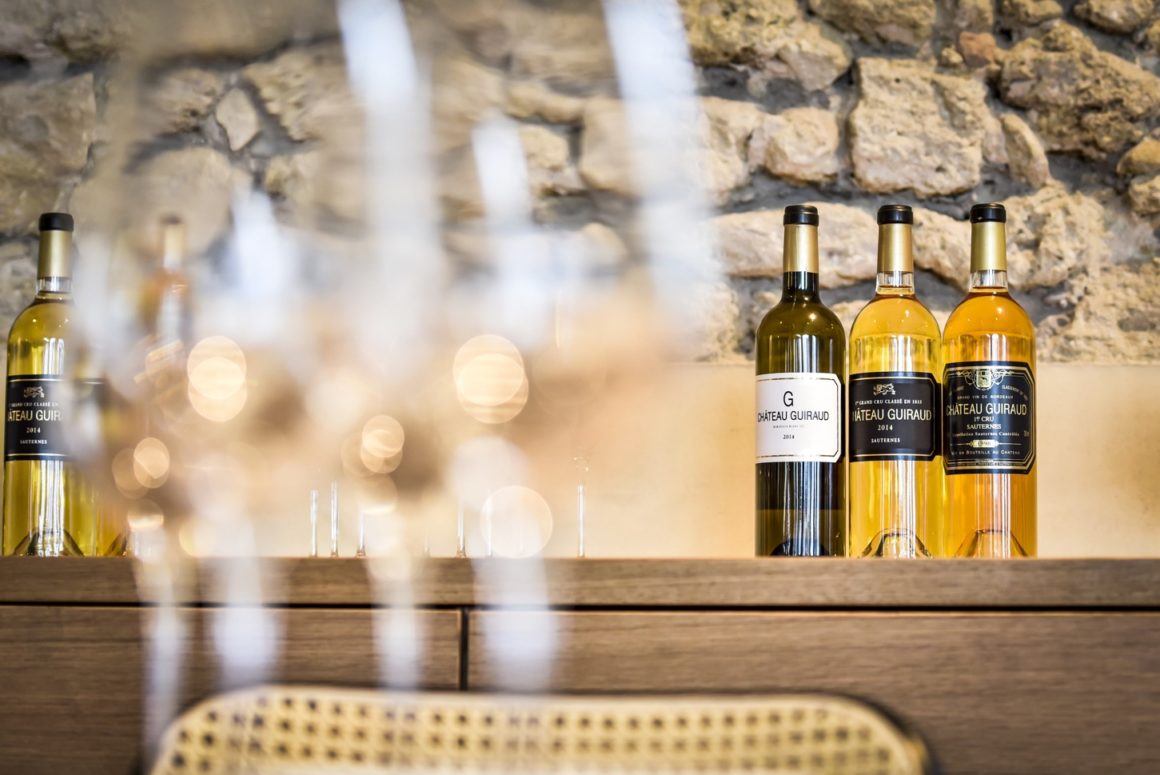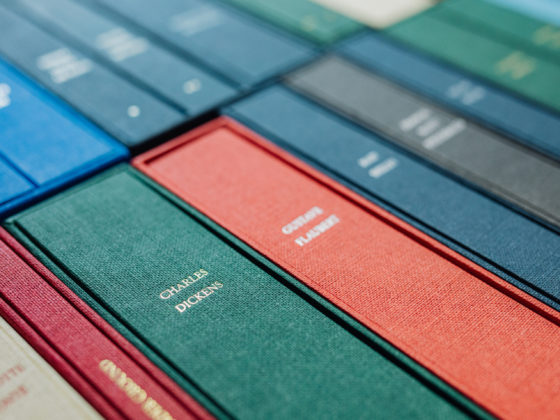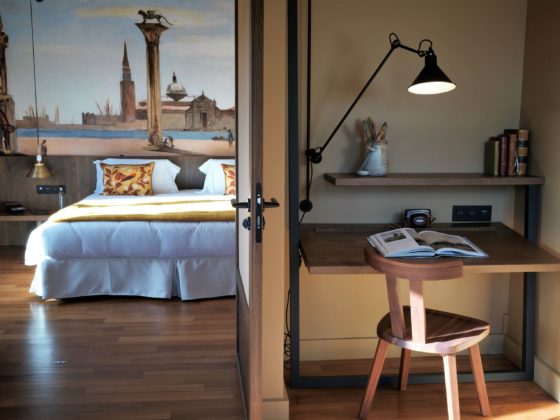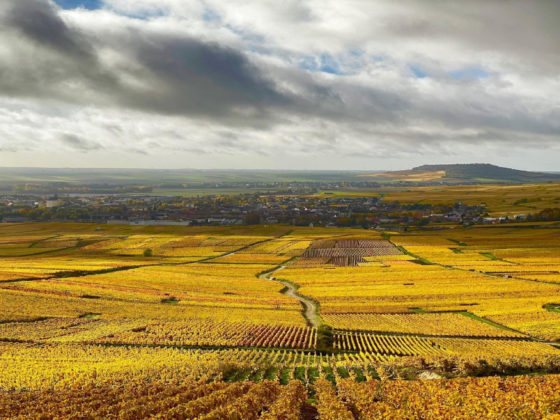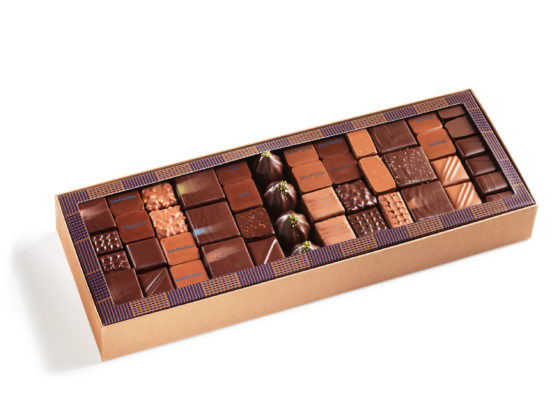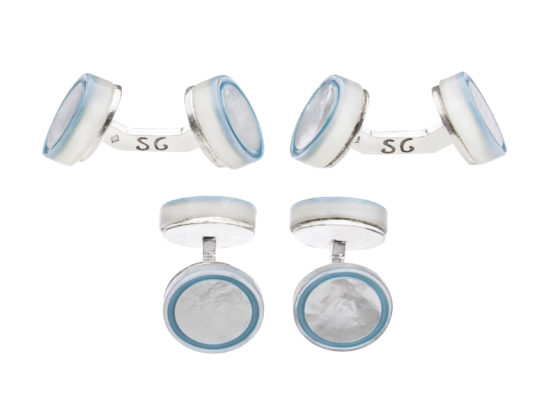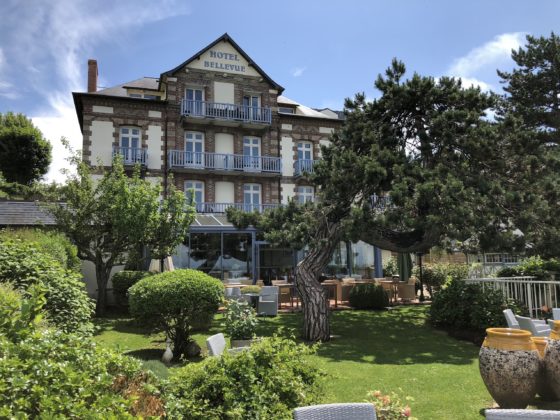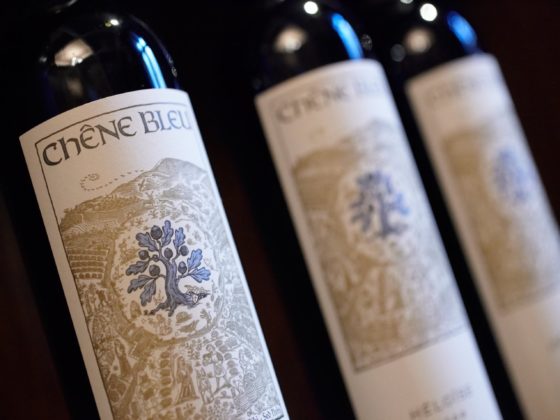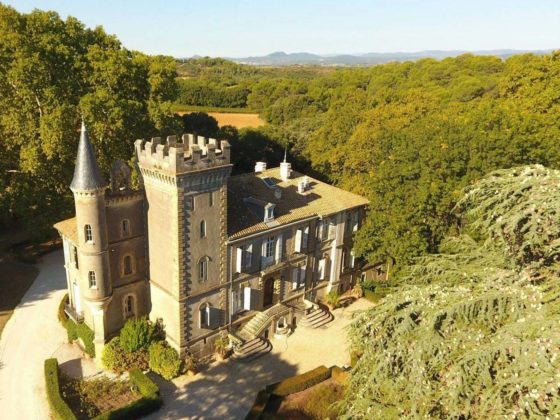Sauternes is a wine touched by grace, by magic! How can grapes in a bottle give flavors of honey-roasted apricots, bitter oranges, dried fruit, lightly caramelized crème brulée, sweet spices and wonderfully roasted coffee in a harmony and balance where acidity is always present, a complexity like no other.
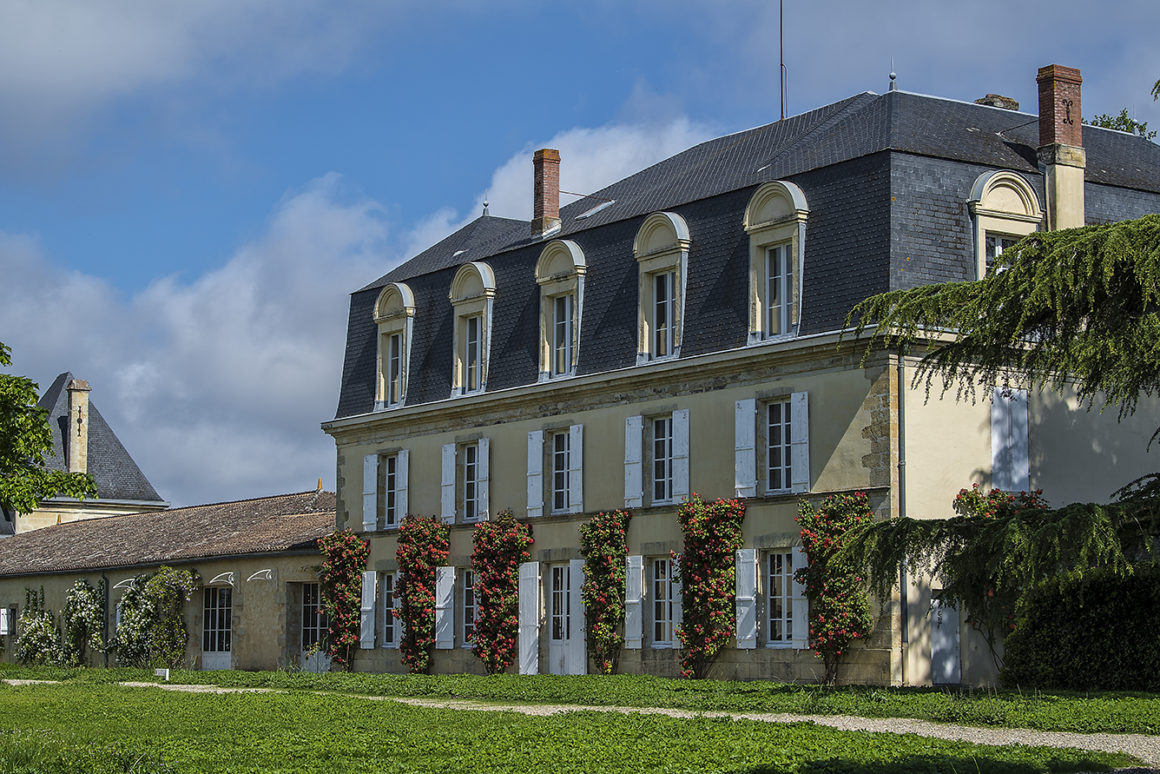
In this appellation that once graced the tables of royalty, and which today is perhaps wrongly seeking to reinvent itself through its presence in cocktails, let’s not forget that this wine is not simply a wine associated with sweetness, but a marvel of complexity to be paired with far more dishes than one might think.
Local legend has it that one owner (the negociant Focke at La Tour Blanche in 1836, or the Marquis de Lur-Saluces at Yquem in 1847) returned to his château long overdue to supervise the harvest. Finding the grapes overripe, he nevertheless decided to work his harvest despite the rotten appearance of the grapes. Good for him, Sauternes was born.
In this appellation, of course, we all know the name Yquem,1st “cru supérieur”, but there are also 11 “premier cru” and 15 “deuxième cru” in the 1855 classification… Among the “premier crus”, I’d like to introduce you to a château that is close to my heart, and which is unanimously acclaimed by lovers of Bordeaux and many other wonderful vineyards: Château Guiraud.
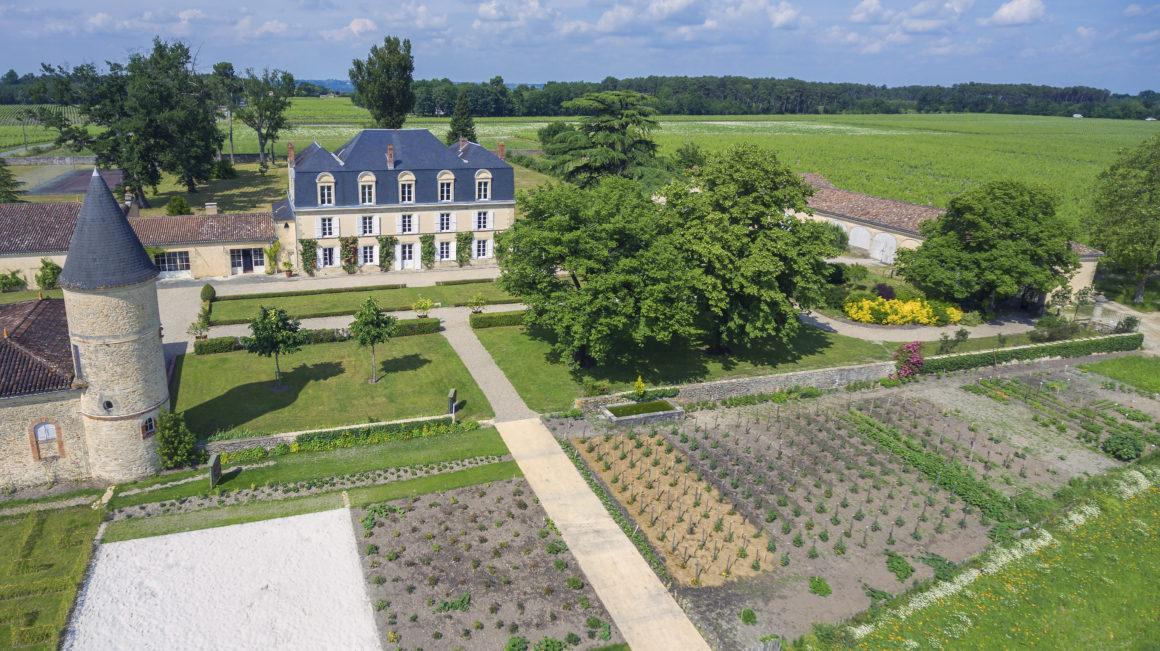
This 130-hectare estate, which dates back to 1766 and boasts the famous names of Filhot, Yquem and de Farges, has always been a cut above the rest, avant-garde… Like when it adopted a black label for the King’s death, while all the others were gold, the emblematic color of this beverage, or when, for the first time, stick writing was used where all the others advocated calligraphy.
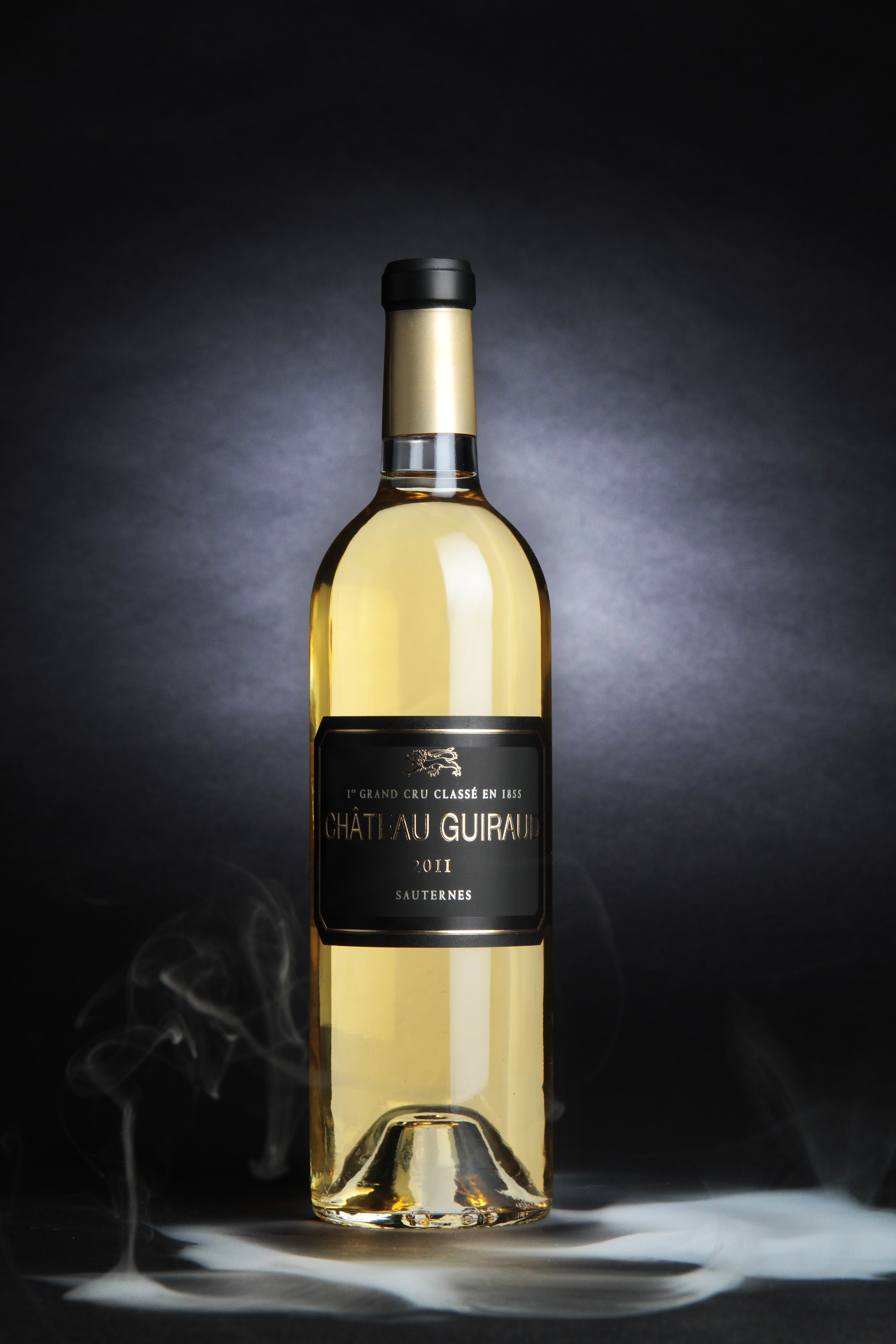
It was this pioneering spirit and values that led the estate to introduce organic farming in 1983, which was not fashionable at the time, when the policy was one of yields, in order to, as Xavier Planty used to say, “give life back to the vineyard”. Today, the estate is the first Grand Cru Classé to receive “Organic Agriculture” certification in 2011, and this choice is part of the “ever-increasing tension” style of wine sought by the families who own the estate.
This approach to the earth means using chamomile tea to treat Vine Stress, for example. 635 species of insects and spiders have been counted in the vineyard, as well as 7 different species of bumblebee… Which gives you an idea of the life in the vineyard… It’s also a million earthworms with numerous galleries that mean that the soil can absorb 60% more water than soil that isn’t soaked. The final result is a concentration of taste in the bottle.

Sauternes isn’t expensive, because as consumers we mustn’t forget that one vine can produce one bottle of wine elsewhere in Bordeaux, but only one glass here (8 hectoliters per hectare, compared with 50/55 hectoliters per hectare for the 1 er Grands crus classés). A bottle of Sauternes should therefore cost 4 times as much as a bottle of Bordeaux of equivalent classification, and yet this is not the case… It’s therefore not only a pleasure, but also a very good deal to drink these exceptional wines… What’s more, a great red often starts to decline after 15 or 20 years, whereas in the Sauternes region, wines over 50 years old are still in all their splendor, with a sublime orange hue.
Here, the grapes are harvested by hand in 4 to 6 successive tries from early September to October 10, on vines between 30 and 40 years old. Fermentation in French oak barrels, 90% new, 10% from the 1st wine, for 3 to 6 weeks, then ageing in barrels for 18 to 24 months… But above all, it’s the action of Brotrytis Cinerea, morning mists and humidity, combined with wind and sun in the afternoon, that develop this fungus, which attacks the grape and deprives it of its water, concentrating all the aromas and sugars…
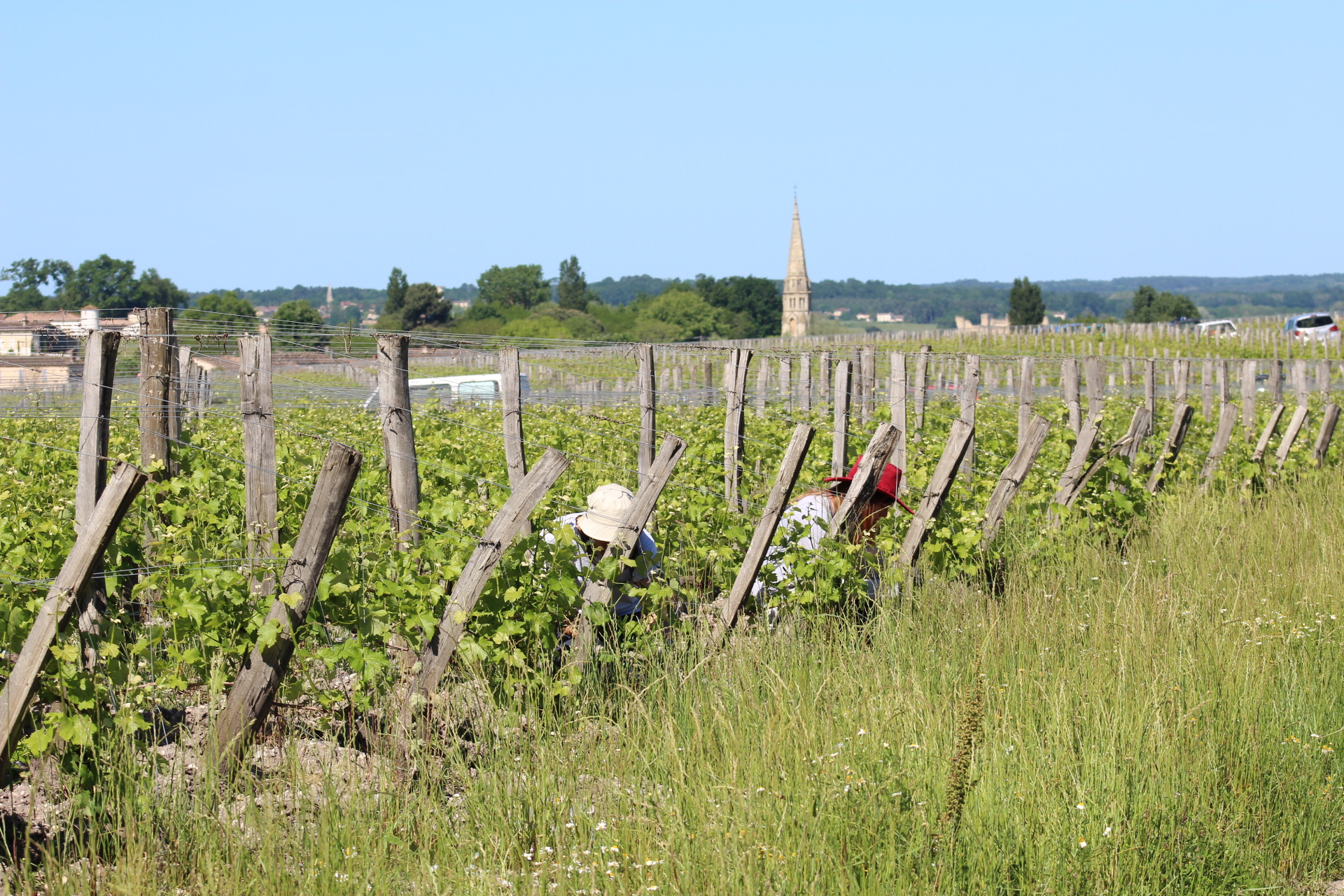
It’s these natural wonders that give Château Guiraud and its 255 vintages of1er grand cru classé its fresh fruit aromas of mirabelle plum, lychee, quince, fresh apricots, pineapple and mango, supported by spicy notes of pepper and black tea. Whatever the vintage, the wine is taut and long. The palate is lively with a finish of fresh hazelnut skin: the signature of wines of great noble rot!
I hope these words have inspired you to rediscover this wine, this appellation On asparagus often difficult to match, seafood, caviar d’Aquitaine, a bouchée à la reine, sweetbreads or a simple escalope with cream, or a beautiful oven-roasted poultry, it will work wonders.
If this wasn’t already the case, the whole appellation has turned to wine tourism, and it’s a great idea, given the beauty of the châteaux. Guiraud has imagined 4 spaces: a small private lounge, a dining room with a beautiful open kitchen (we see the chef as a restaurant that mainly promotes local produce, vegetables from the kitchen garden where we come across no less than 482 varieties of tomatoes), a magnificent chapel where concerts are played and an enchanting terrace…

Château Guiraud is one of my favorite wines and one of my favorite addresses, and as a modest and anonymous ambassador, I can testify that this wine can be enjoyed not just with dessert, but throughout an entire meal.
Xavier
Château GUIRAUD
1 Château Guiraud, 33210 Sauternes
05 56 76 61 01
https://www.chateauguiraud.com/fr/


